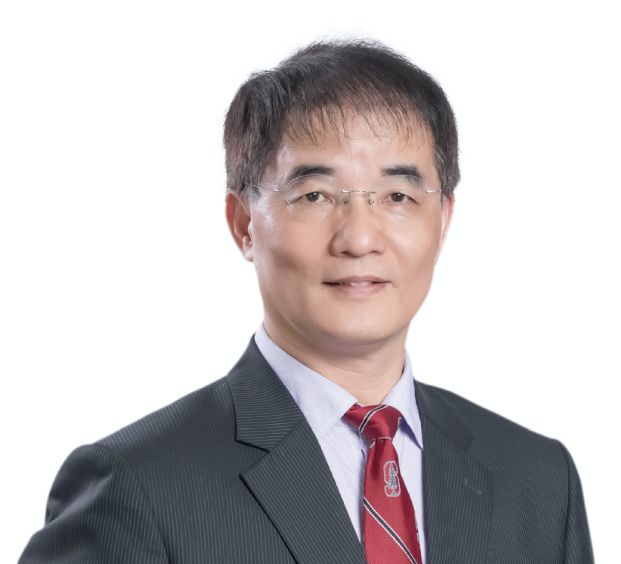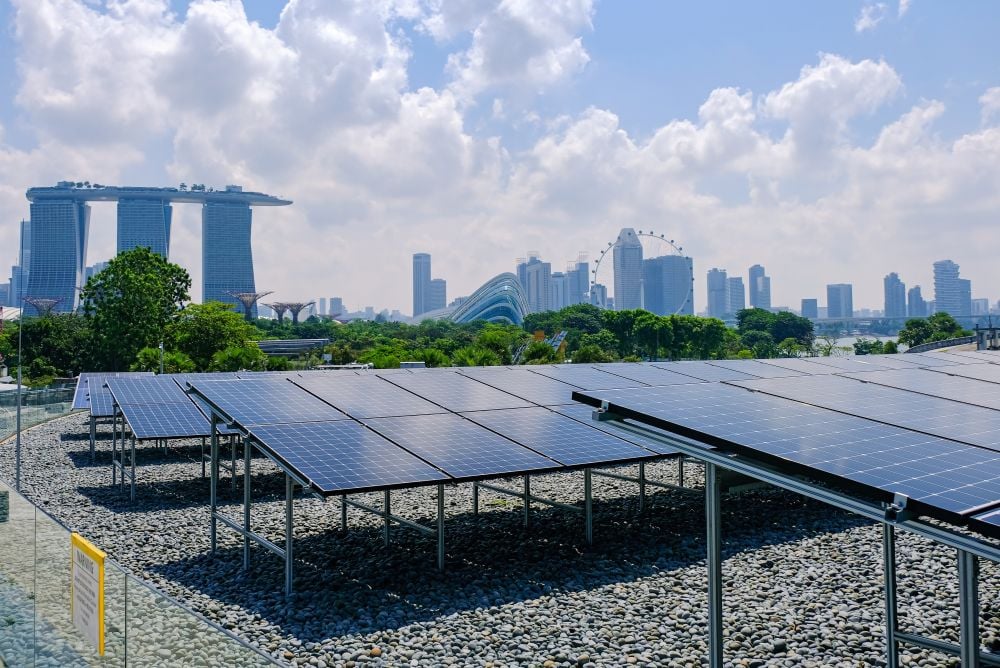
Growing trade frictions between the US and China, and indeed even between the US and its traditional allies, are incentivizing traders to seek ways to reduce risk wherever they can – be it currency risk, settlement risk or even the risk of inadvertently violating economic sanctions.
Localization is becoming a common feature in the energy markets, a trend that exchanges across the Asia-Pacific are actively facilitating. This is not surprising given that many of the world’s largest energy consumers are located in the region.
According to industry data, the Asia-Pacific consumes more than 35% of the 100 million barrels of oil the world uses daily and this share is steadily rising. Yet despite this, price-setting and liquidity for energy futures continued to be centred in London and New York.
Many attempts have been made to shift price setting and liquidity closer to the main sources of demand. Hong Kong Exchange & Clearing (HKEx) acquired the London Metal Exchange (LME) in 2012, while the Singapore Exchange (SGX) took over the Baltic Exchange in 2016.
The Intercontinental Exchange (ICE) and the Chicago Mercantile Exchange (CME) were also encouraged to set up subsidiaries, clearing houses and trading platforms in the region.
In addition to China’s recent efforts to boost its pricing power by launching crude oil futures at Shanghai International Energy Exchange, exchanges in Japan and Singapore have also introduced various licensed energy futures contracts, tracking international benchmarks such as Brent Crude, West Texas Intermediate (WTI) or Dubai Crude benchmarks to cater for local traders and enterprises. The Taiwan Futures Exchange (TAIFEX) introduced Taiwan dollar-denominated Brent Crude Oil futures in July 2018 to provide investors with tools to hedge their exposure to the global oil markets.
While these initiatives have had some success in generating liquidity within the Asia-Pacific up until now, they may be about to reach their higher potential.
Within the energy markets, in particular, recent oil price volatility caused by frictions between OPEC and Iran over production quotas, as well as US sanctions against Iran and Venezuela, is concerning the region’s numerous oil consumers and traders. As a result, a much stronger case can now possibly be made to domesticate trading, hedging and financing activity for this vital commodity wherever possible.
Despite recent efforts by other countries to shift pricing power away from traditional markets such as the ICE, the CME and the LME, they will continue to retain considerable clout as a result of their decades-long first-mover advantage.
Therefore, a more effective strategy is for Asian exchanges to partner with these incumbents to offer locally-customized products to better meet the demand for smaller, cost-efficient, and local currency-denominated products traded through trusted local institutions. This is the path that exchanges such as TAIFEX have taken, including for its new oil futures contract. In other words, the major incumbents provide the expertise while the locally-based exchange makes sure that after customisation, local needs are addressed.
This is also the same path that TAIFEX took for recently launched futures contracts that track overseas stock markets, such as the United States and Japan, as well as with the launch of after-hour trading in 2017. This has enabled TAIFEX to steadily expand its product portfolio since 2014, resulting in daily average trading volumes rising more than 32% over the same period.
There is also ample room to further extend the scope of energy-related futures products available in the region as local investors build up their expertise, such as futures and options for natural gas, heating oil, electricity, coal or even carbon emissions. Moreover, as Asian exchanges embrace further internationalization and extend their trading hours to overlap with European and American time zones, they could become venues for two-way interactions for price discovery between domestic market and international prices, as well as for arbitrage trades. TAIFEX added such an after-hours trading session last year.
As risks increase, investors will increasingly opt for localized, easy-to-manage and cost-effective hedging products – something that no one market could ever provide.
Exchanges are finding that they have a critical role to play in addressing this demand by offering a more diverse product range for investors in their local market. They will find that partnering with established peers around the world is one of the fastest and most effective ways to achieve this.
Dr. Liu Len-Yiu is the chairman of the Taiwan Futures Exchange. He was formerly a board director of the Taiwan Futures Exchange and commissioner of the Taiwan Fair Trade Commission









